SABS Information
SAFES AND STRONG ROOMS AND THE FIREARMS CONTROL ACT
Regulation 86 of the Firearms Control Regulations details the requirements for safes and the safe custody of firearms and ammunition. The basic requirement for private owners is:
86(1) “When a firearm is not under the direct personal and physical control of a holder of a licence, authorisation or permit to possess the firearm, the firearm and its ammunition must be stored in a safe or strongroom that conforms to the prescripts of SABS Standard 953-1 and 953-2, unless otherwise specifically provided in these regulations.”
Note that ammunition is specifically included in this requirement.
SABS 953-1, Storage of firearms and ammunition
Part 1: Safes and SABS 953-2, Storage of firearms and ammunition
Part 2: Strongrooms are published separately and are available from the SABS in Pretoria. We recommend that collectors obtain a copy of whichever part is of interest to them, and particularly so if the construction of a strongroom is contemplated.
What follows is a brief outline of the main features of the two standards for guidance:
SAFES
The requirements are more stringent than those previously required in the regulations issued under the Arms and Ammunition Act (See below).
953-1 divides safes into two types, Type A and Type B. Type A are specified in terms of their resistance to attack by hand tools, and Type B by the thickness of the steel used for walls and door. Type A are more secure than Type B. Both types are sub-divided into several different safes, as follows:
- A1 – intended for use by collectors and private individuals for the storage of up to 20 firearms and their ammunition.
- A2 – intended for use by collectors and dealers for the storage of firearms and their ammunition.
- B1 – intended for the storage of up to 4 handguns and their ammunition.
- B2 – intended for the storage of up to 10 firearms and their ammunition.
- B3 -a lighter safe intended for the temporary storage of firearms and ammunition in motor vehicles and caravans.
All these safes shall have at least one lock, which may be a key lock of at least 6 levers or a combination lock of at least 3 wheels or an electronic lock. All safes of net mass less than 300 kg must be bolted down to floor or wall, or preferably both.
Type A
The A2 is a more secure safe than is the A1, and must meet Category 2 of SABS 751, “Burglar-resistant safes”. As such the door must be of at least 20 mm thickness. No thickness is specified for A1, nor for the walls of either, being up to the manufacturer to decide in meeting the specified resistance to attack times.
Type B
Wall thickness of floor, roof and sides must be at least 2,8 mm (nominal 3 mm) and of door 5,75 mm (nominal 6 mm), but may be thicker.
STRONGROOMS
The requirements are more stringent for the door and less stringent for the walls, etc, than those previously required in the regulations issued under the Arms and Ammunition Act (See below).
953-2 specifies two categories of strongroom:
BC – in which the walls are constructed of brick outer and inner skins reinforced with a concrete core. (Not as simple to construct as might be thought)
RC – in which the walls are constructed entirely of reinforced concrete.
The RC is considerably more secure that is the BC because thicker concrete and larger diameter reinforcing is specified for the walls. Both types must have a door meeting Category 2 of SABS 949 “Strongroom and vault doors”. Given the “all eggs in one basket” nature of a strongroom, I strongly recommend that collectors pay the small extra premium for a category 2 ADM (Anti-disk cutter material) door.
EXISTING SAFES AND STRONGROOMS
As noted above, the new safe specification is more stringent than that which previously applied; the same applies to the door of a strongroom. The applicable earlier specification was published in Government Gazette No 15652 dated 22 April 1994. This called up a 2 mm body and 3 mm door for a safe, and 300 mm reinforced concrete body and 6 mm door for a strongroom.
New regulation 86(8) says:
“An existing safe, strongroom, device, apparatus or instrument for the safe custody of firearms, which complies with the regulations under the previous Act, will be deemed to comply with the standards set out in SABS Standard 953-1 and 953-2 for all purposes of this Act, if the Registrar issues a certificate to this effect”.
Quite how this will be applied remains to be seen, but it offers the opportunity of regularising the continued use of existing safes and strongrooms.
SHARED USE OF SAFE OR STRONGROOM
86(11)(b) ” Any person who may lawfully possess a firearm or ammunition shall store these in a prescribed safe or strongroom, to which he or she shall have at all time exclusive access or his or her presence and co-operation shall be a necessary prerequisite for access to the relevant firearm and ammunition unless-
(i) the storage is undertaken by the holder of a dealer’s of gunsmith’s licence in which case the dealer or the dealer’s personnel with valid competency certificates, or the gunsmith may have access to the safe or strongroom; or
(ii) the firearm is temporarily stored in a safe or strongroom that conforms to the prescripts of SABS Standard 953-1 and 953-2 or a lock-away safe, device, apparatus or instrument for the safe custody of a firearm that conforms to the prescripts of sub regulation (12), that is under the control of a holder of a licence, authorisation or permit issued in terms of this Act, the person storing the firearm must in writing notify the Designated Firearm Officer in whose area the firearm is temporarily stored.”
